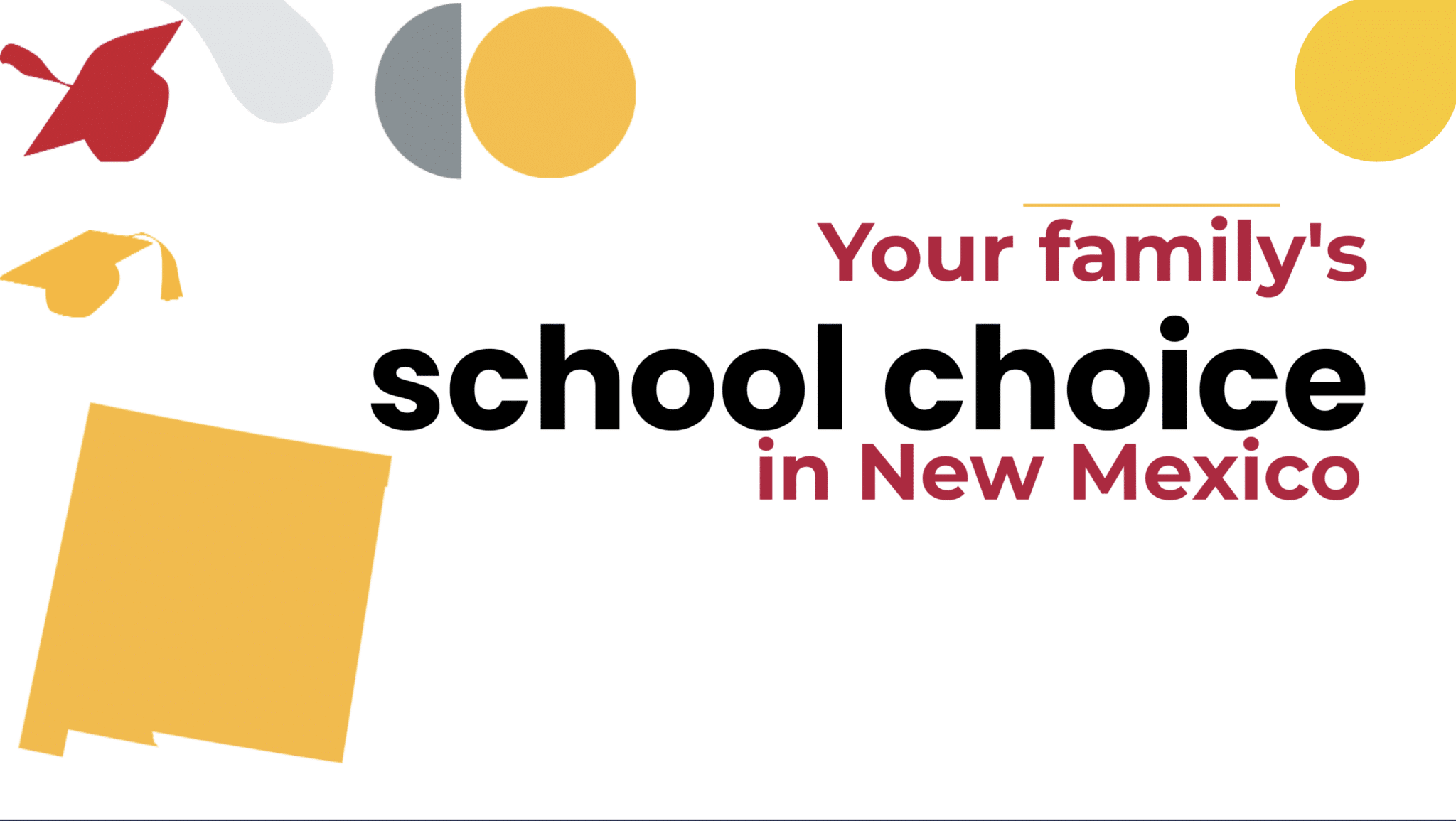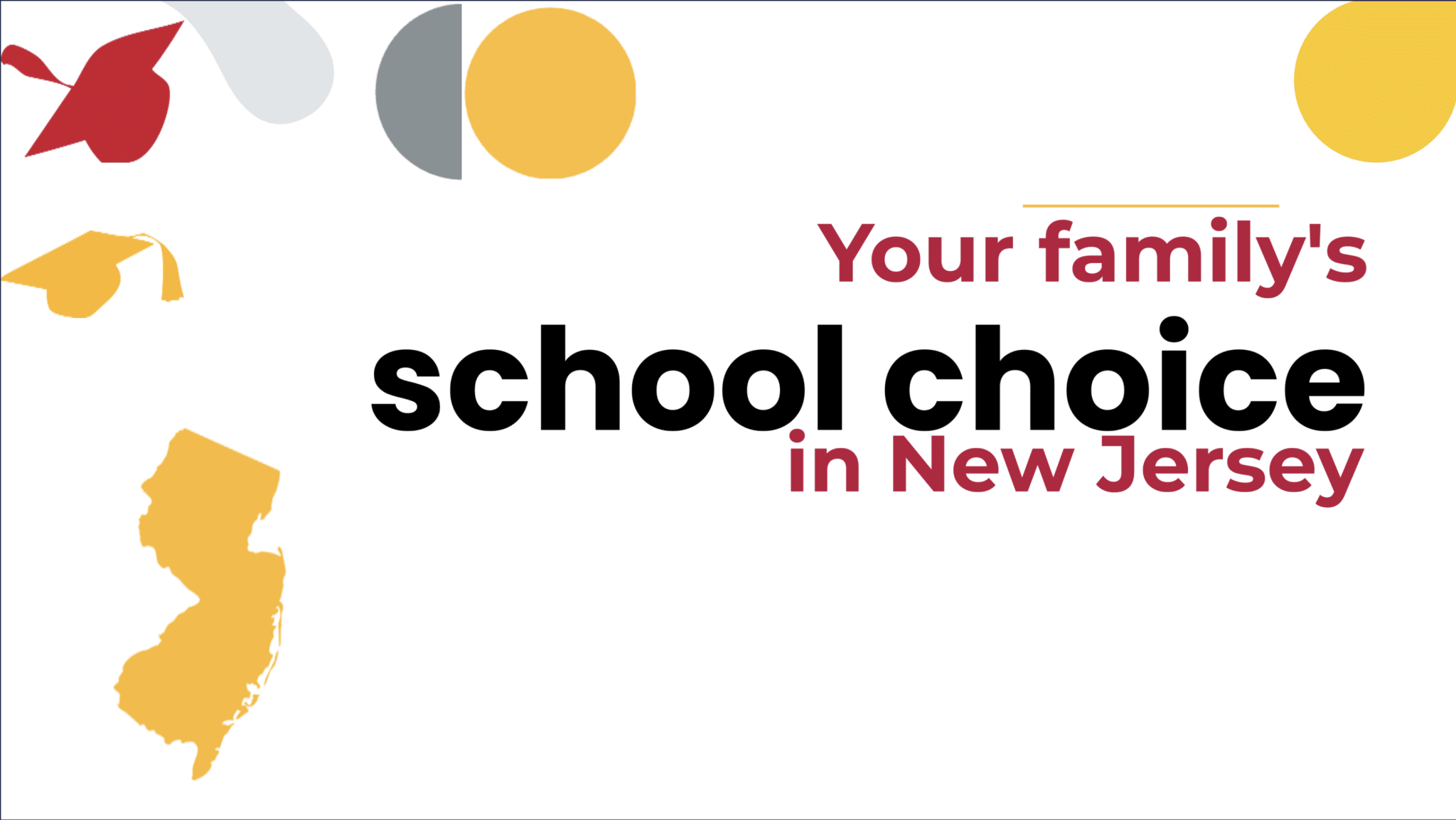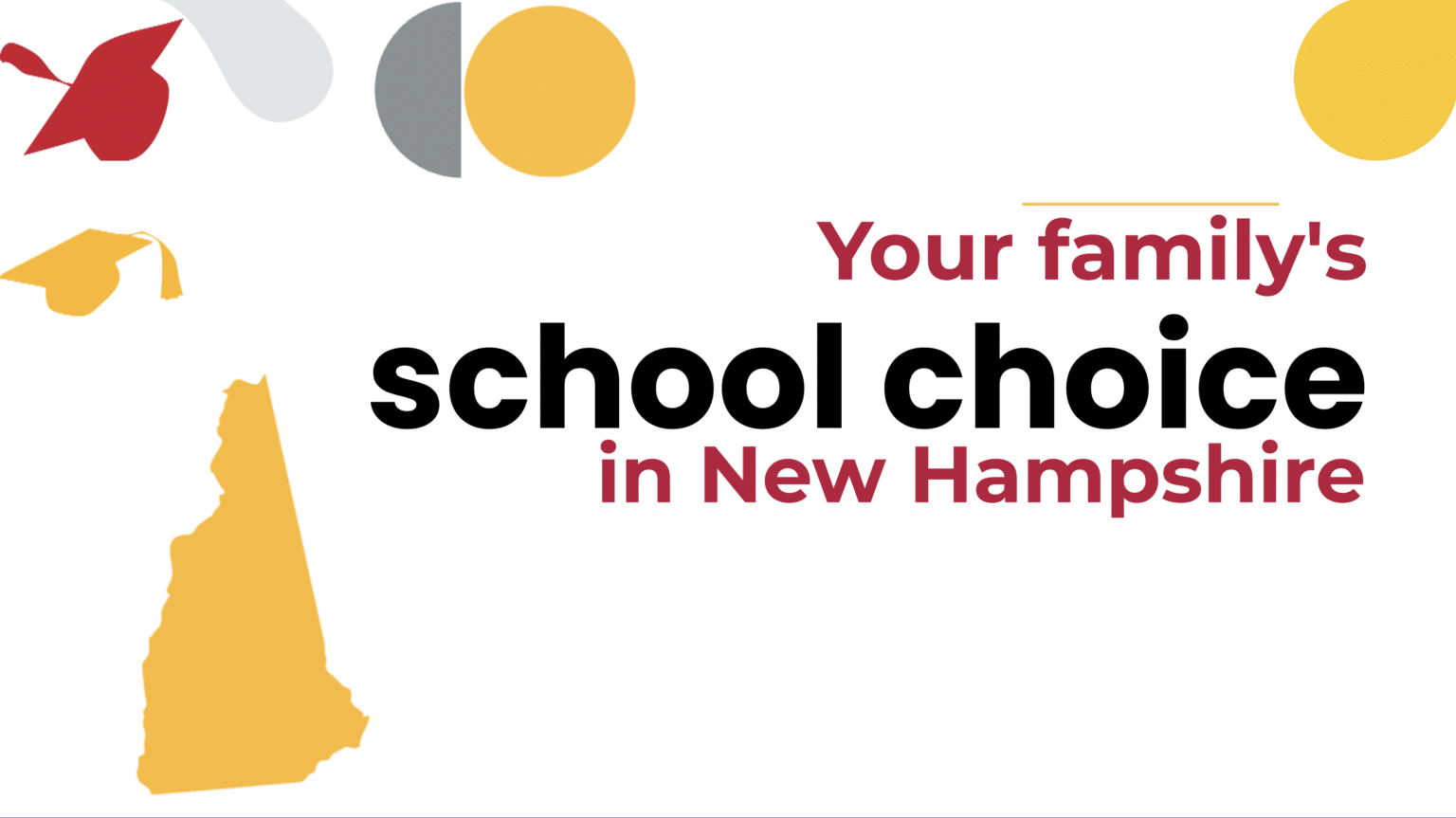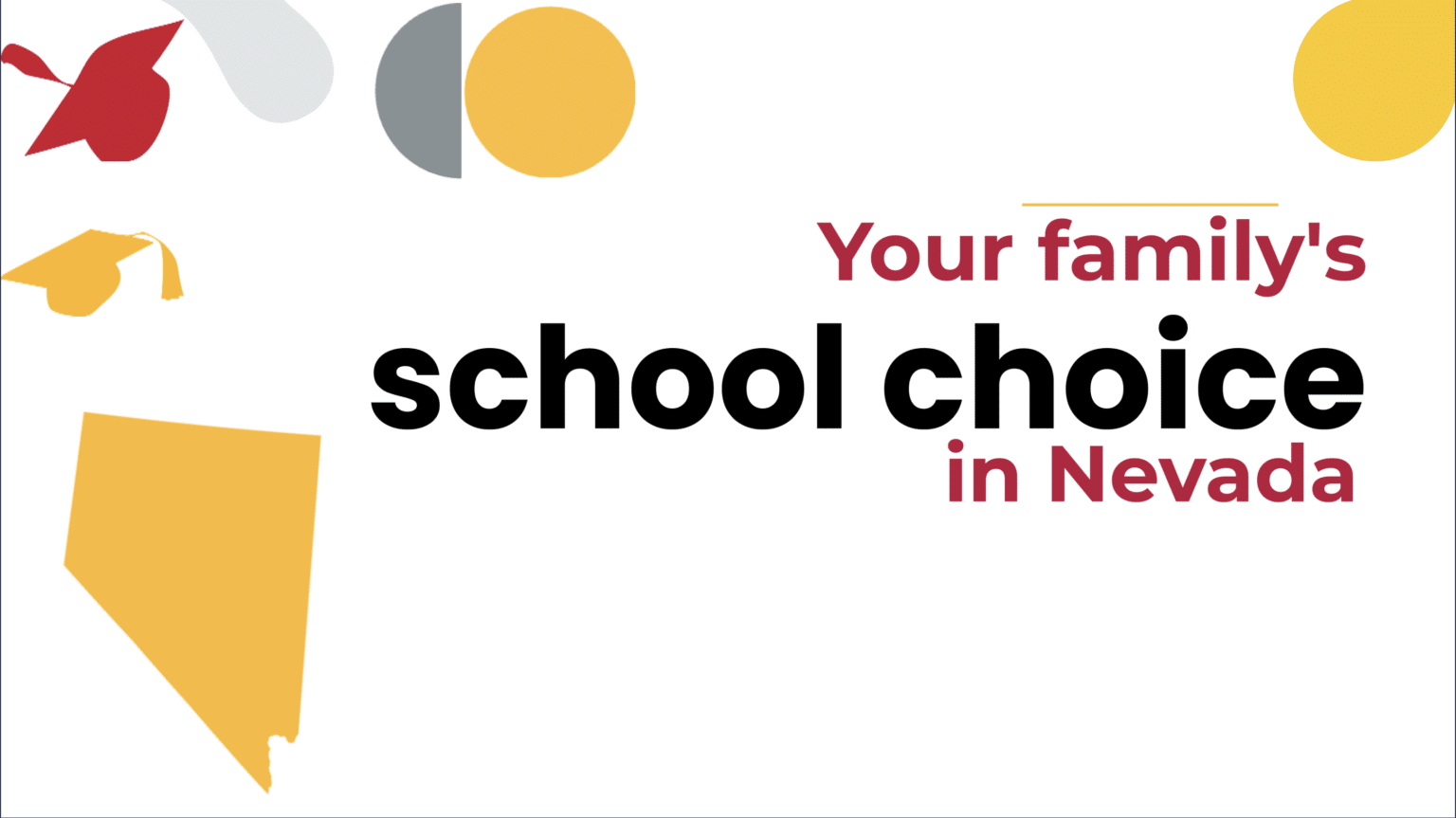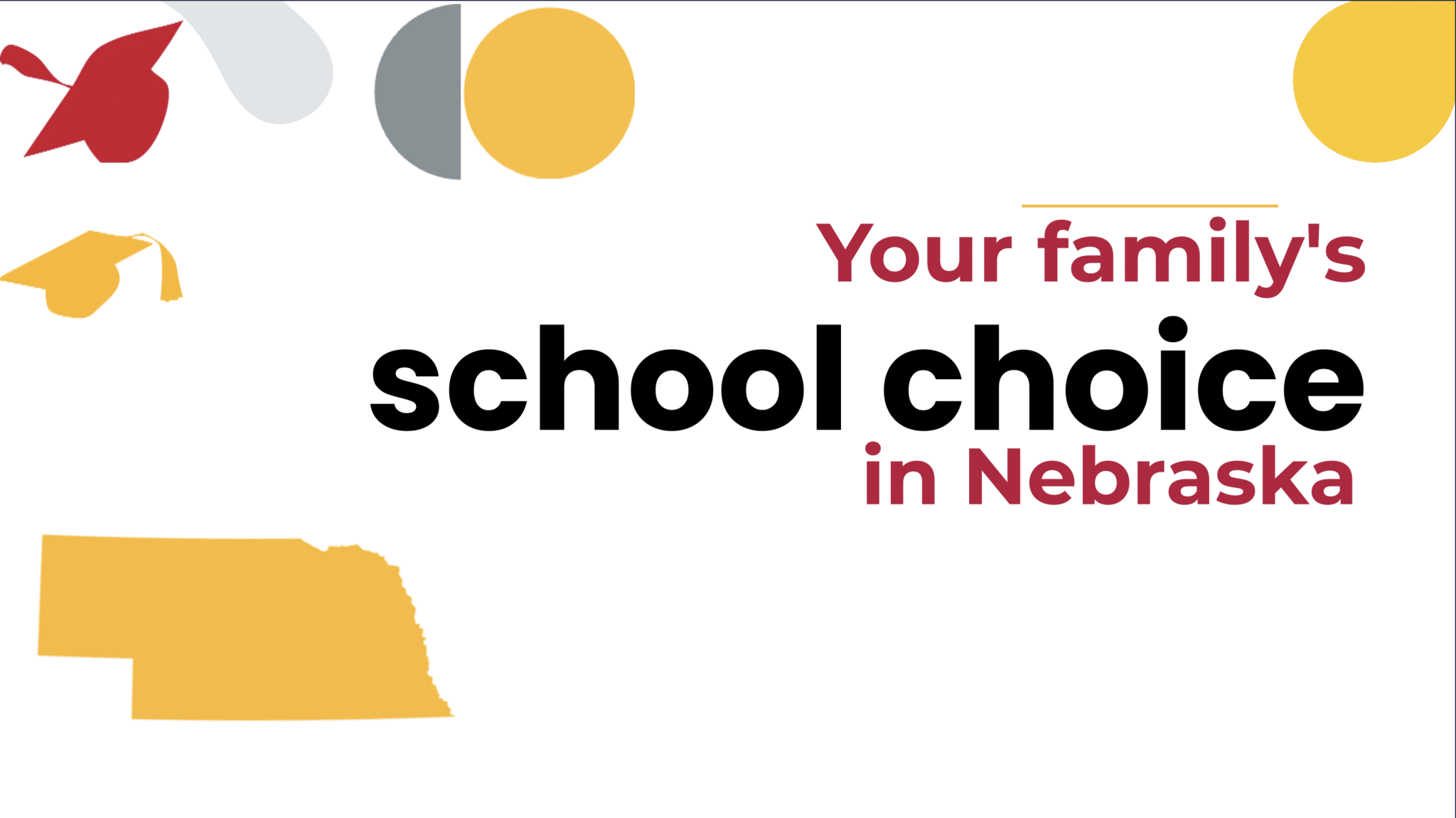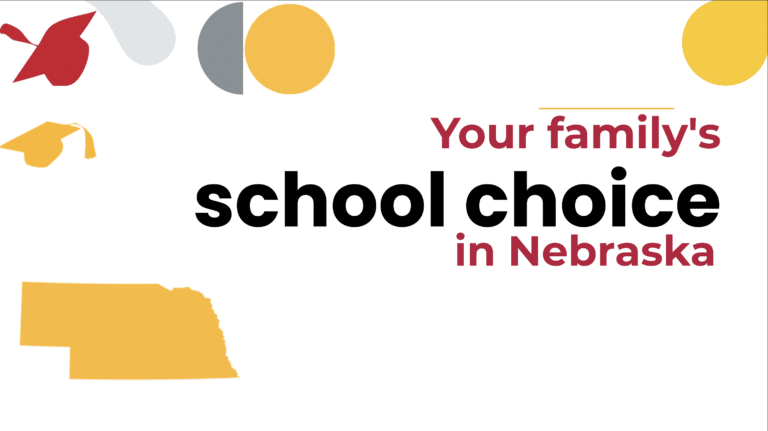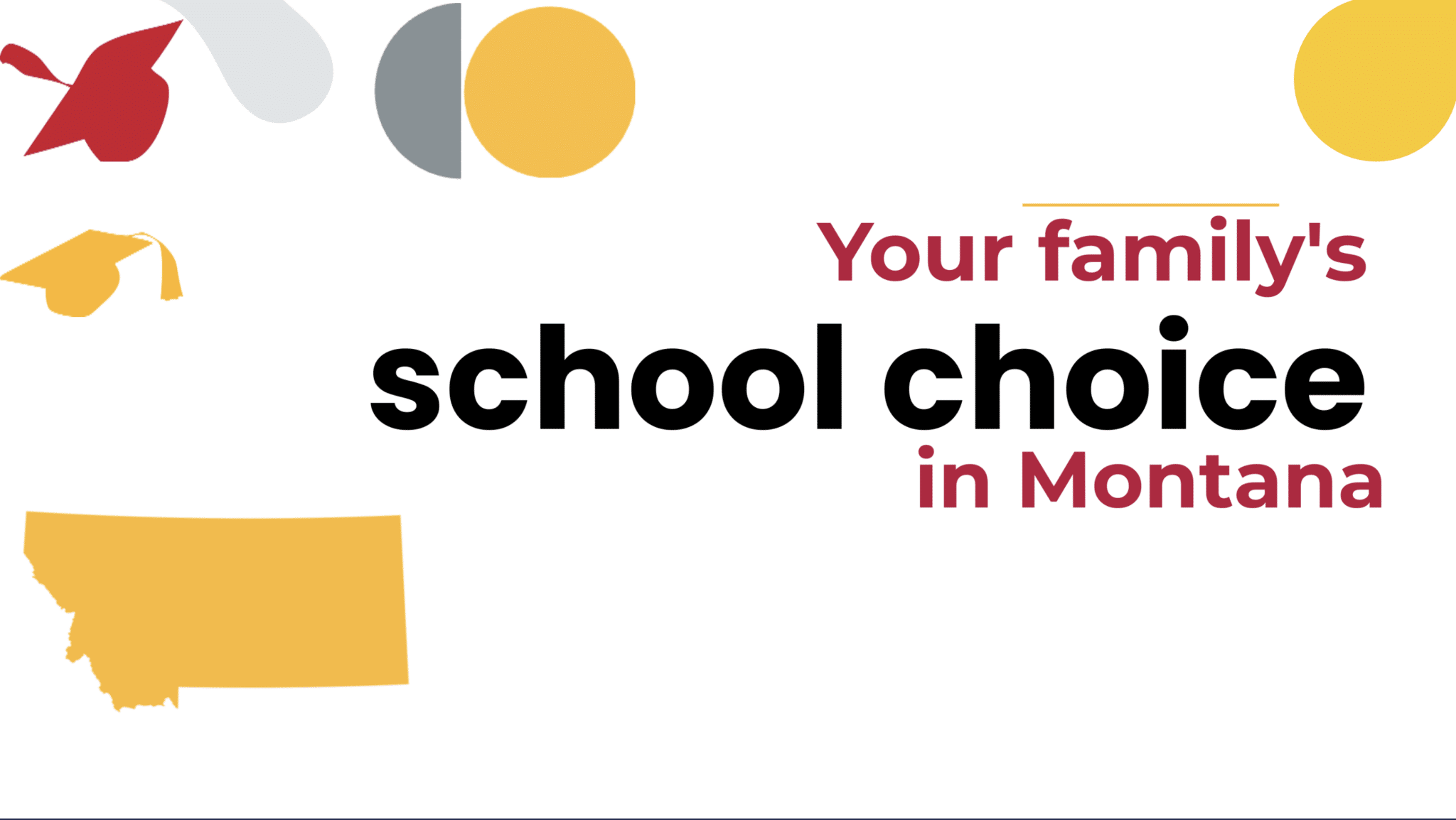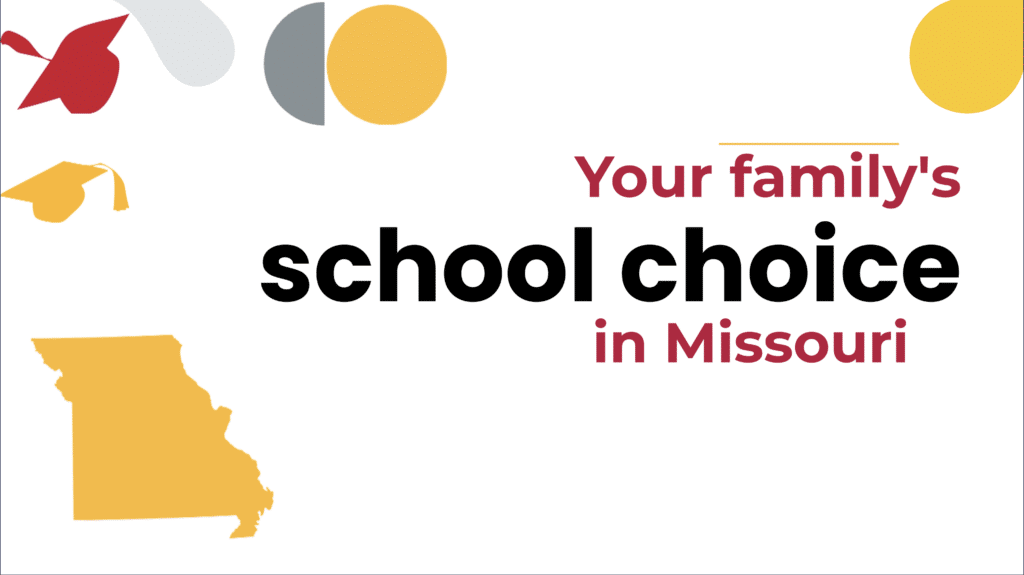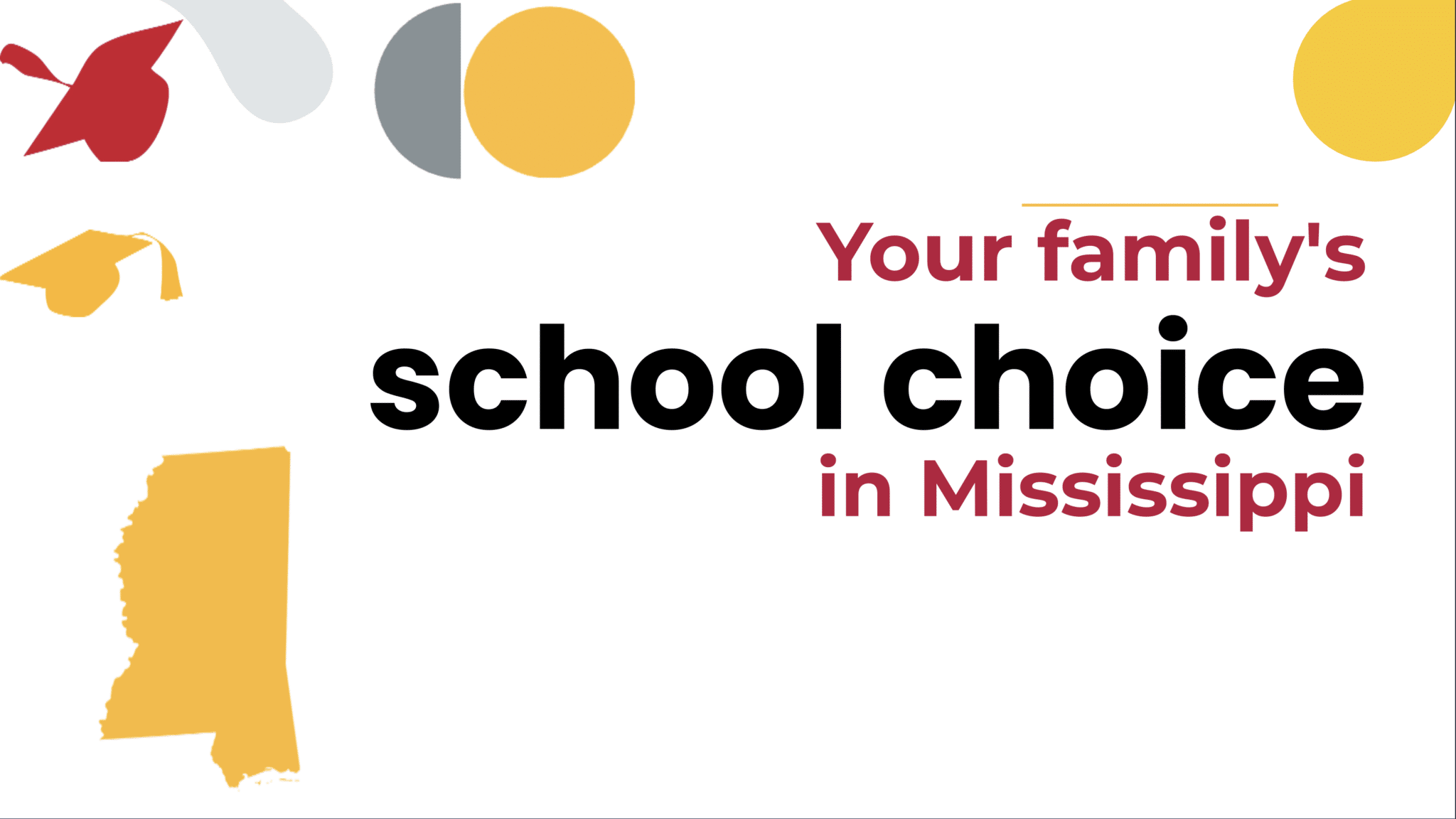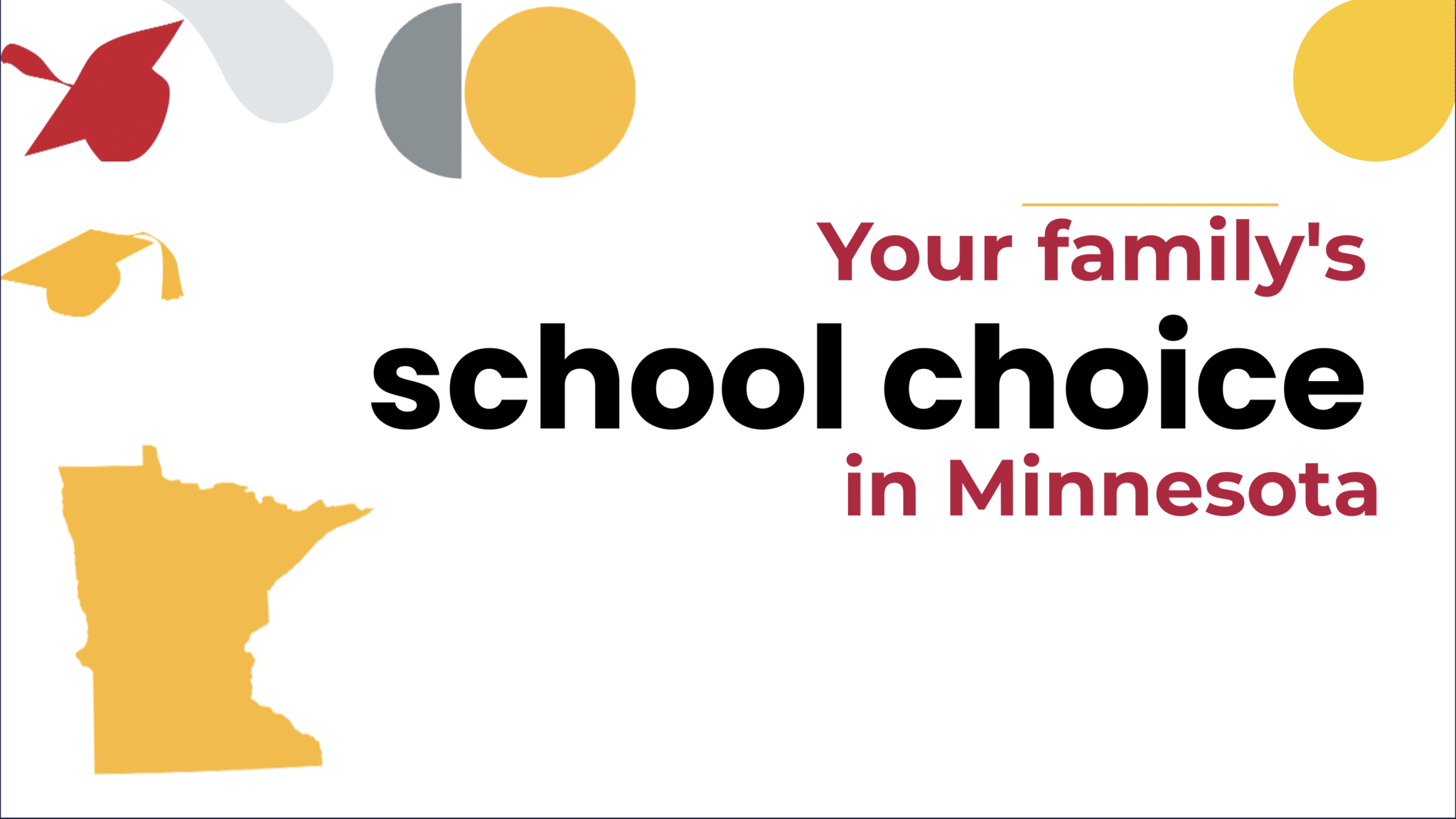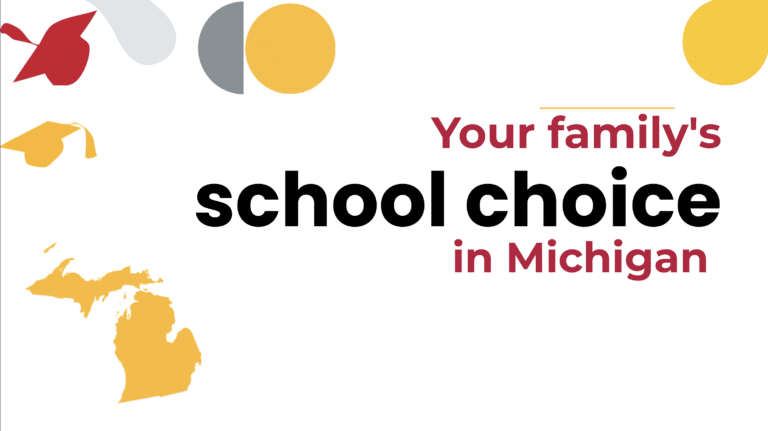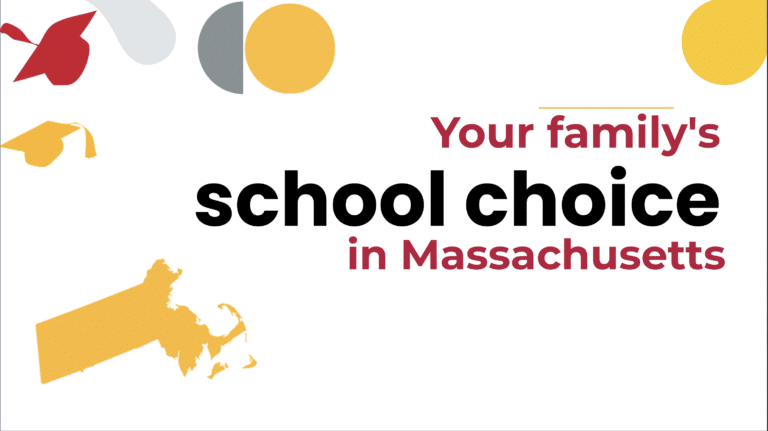Choosing a school? You’ve got options.
Choosing where your child goes to school is one of the biggest decisions you face. While it may feel intimidating to navigate your school choice options in New York and make a choice, you can do it. The best starting point for choosing a good school fit is knowing your options. This post will break down the main learning environments available in your state.
New York families can choose from traditional public schools, public charter schools, public magnet schools, private schools, online learning, homeschooling, and microschooling and mix-and-match learning.
Looking for special education options? You can learn what special education services are available in New York at the Ultimate Guide to Special Education.
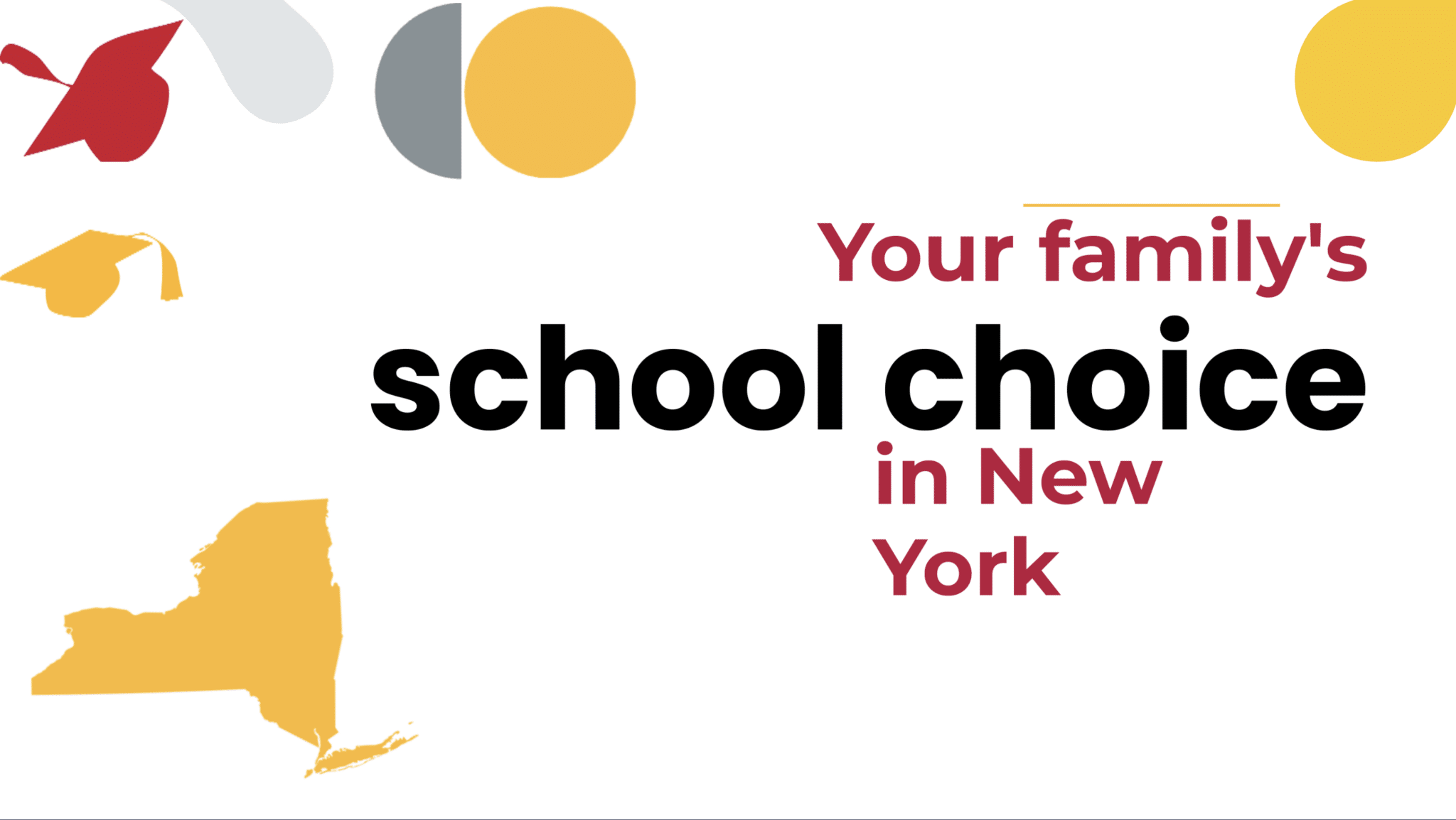
- Traditional Public Schools
- Public Charter Schools
- Public Magnet Schools
- Private Schools
- Online Schools
- Homeschool
- Microschooling
New York Traditional Public Schools
Most children in New York (74.6% of all K-12 students) attend traditional public schools. Traditional public schools are free to attend, open to all students, operated by school districts, and funded by taxpayers like you. Each year, New York spends an average of $26,571 per public school student. You can search your school’s spending and that of nearby schools at Project Nickel.
In New York, each district decides whether it will participate in open enrollment. Open enrollment is a valuable choice that refers to whether parents can send their children to any public school, regardless of where it is located or what their zip code is.
If you would like to participate in open enrollment, check with your local school district to see if this is available. If so, you can visit and select from a wider array of public schools. For example, the New York City Department of Education lists several reasons families may request school transfers. These include an accessibility need, a sibling being at a different school, a travel hardship or move, or a safety concern.
You may also want to visit the New York State Education Department, or learn about New York City’s non-resident enrollment policies. You can also learn more about open enrollment at “Public Schools Without Boundaries: A 50-State Ranking.”
New York Charter Schools
You can also choose from charter schools. In New York, 6.3% of all K-12 students attend a public charter school. These are another type of tuition-free, public school open to all students. Charter schools are distinct from traditional public schools in that they have extra freedom to innovate and determine their own policies. As one New York City charter school parent described, “There is a tremendous amount of variety among charter schools… Shop around to find the school that is the best fit for your child’s learning needs.”
As they innovate, charter schools can share the fruits of their innovation with traditional classrooms. In New York, charters are accountable to authorizing entities for student achievement. If there are more families seeking admittance to a charter school than there are seats, a lottery system is usually used to determine admittance.
New York’s first charter school opened in 1999 in Harlem. Today, there are more than 350 charter schools across the state, with the majority of these located in New York City. Currently there is a cap limiting the number of charter school licenses available in New York City. As part of New York’s budget passed in 2023, up to 14 new charters can be opened in New York City, and up to eight elsewhere in the state.
Learn more about charter options at the Northeast Charter Schools Network, or at New York Family’s 2023 Charter School Guide. If you’re in the Buffalo area, you can apply to multiple charter schools at one time at Enroll Buffalo Charters.
New York Magnet Schools
Magnet schools are free public schools that allow kids to narrow in on a specific learning track, such as an International Baccalaureate program or the performing arts. In New York, 4.5% of all K-12 students attend a public magnet school. At a magnet school, all the subjects are taught through the lenses of that specific track. If there is one near you with a theme that interests your child, it could be a great option to consider.
New York has several magnet schools throughout the state. You can easily search magnet schools in New York City at NYC Magnet Schools. The website offers families application info and information about magnet schools in Brooklyn, the Bronx, Manhattan, and Queens. Other districts with magnet schools or programs include the Rochester City School District and the Buffalo School District. You can also search your local district to learn more.
New York Private Schools
There are more than 1,800 private schools across the state of New York. Overall, the average tuition for private schools in the state is $20,899 for elementary schools and $26,418 for high schools. In New York, 12.8% of all K-12 students attend a private school.
New York’s private schools feature diverse learning methods. One of the private schools we spoke to, The Learning Tree Cultural Preparatory School, offers students an award-winning drumming program and takes eighth-graders on international trips each year. “Our philosophy is that inner-city children should be able to experience anything that other children experience,” says founder Lois Gregory.
While there are no state-run scholarship options in New York, many private schools, such as The Learning Tree Cultural Preparatory School, work with scholarship-granting organizations to keep tuition affordable for all families who are interested. In fact, there are more than 200 New York City private schools with an average annual tuition of $6,065.
Additionally, New York City students with disabilities may be eligible to have private school tuition paid for or reimbursed by the Education Department when there is not an appropriate public education able to serve their special learning plan. According to WNYC, “Because children with disabilities are entitled to a free and appropriate public education under federal law, the Education Department may recommend a nonpublic school program if it is unable to provide the services mandated for your child in his or her Individualized Education Program.”
Learn more about private school opportunities at the Children’s Scholarship Fund – New York, BISON Children’s Scholarship Fund, Tomorrow’s Hope Foundation, Advocates for Children of New York’s Guide to Special Education, Inner-City Scholarship Fund, Futures in Education, Oliver Scholars, Prep for Prep, Student Sponsor Partners, and Private School Review: New York.
New York Online Learning
Online learning is sometimes overlooked, but it offers a uniquely flexible learning environment that meets a variety of family needs. Whether your child wants to accelerate his or her learning or needs a quieter environment in which to focus, you may be interested in giving virtual school a try.
While most states offer a free, statewide, full-time online learning program for all grades, New York does not currently do so. However, New York City recently launched its first virtual school, A School Without Walls. This school will serve ninth and tenth graders in New York City for 2023-2024, and will gradually expand to eleventh and twelfth graders.
While New York is currently one of the most restrictive states for online schooling options, students in some districts, especially students with medical exemptions, may also be able to access remote learning programs.
Keep in mind that there are also fee-based full-time online school options that are available to students in New York and all 50 states. These include George Washington University Online High School, The Keystone School, and K12 Private Academy.
Additionally, there are part-time online learning opportunities available in many New York schools. For example, New York City offers a digital learning program called iLearnNYC. This allows students in participating schools to take specific online courses unavailable in their brick-and-mortar school. Additionally, the New York State Education Department lists course providers that schools statewide may collaborate with to offer online courses to students.
To read more about online learning in New York, check out the Digital Learning Collaborative’s state profile.
New York Homeschooling
Homeschooling is another school option in all 50 states. Homeschooling is the process of parents educating students at home. There are about 54,000 students (1.9% of all K-12 students) who homeschool across the Empire State!
In New York, notice of your intent to homeschool is required within 14 days of starting and annually by July 1. Families in New York City should submit their paperwork to the NYC Education Department’s Office of Homeschooling. Families outside of New York City should submit to their district’s superintendent. While homeschooling, families should also submit an annual individual home instruction plan and quarterly reports.
Homeschooling parents are required to teach specific subjects (such as reading, writing, and physical education) and assess their child annually. Unfortunately, children who are homeschooled may face roadblocks if they want to participate in public school sports or activities in New York. But, you can always look for other sports leagues and activities near you!
In the case that you decide to return to public school, the school will determine your student’s placement based on records, potential assessments, and the principal’s decision.
If you are looking for a highly customizable and flexible education for your child and think homeschooling could fit the bill, view these resources about homeschooling specific to New York.
New York Microschools and Mix-and-Match Learning
Today, some New York families are mixing and matching school options to come up with new ways to personalize education. Microschools are one of these ways. A microschool refers to students gathering together in a small group – with adult supervision – to learn, explore, and socialize. Microschools can take a variety of shapes and legal forms, from homeschoolers coming together at an enrichment center to a private school committed to small classrooms. What microschools share in common is a commitment to small-group learning and close-knit relationships, along with an emphasis on children as individual learners.
Here are a few real examples of microschools and related resources in your state:
- There are at least four Acton Academy microschools either open or planning to open in New York — these are in Riverhead, Mount Vision, Rochester, and New York City.
- Joyful Learning Academy in Brooklyn is a learning center for homeschoolers founded by a former public school teacher, focused on holistic living and creative learning.
- Art of Words Community School is a small private school in Brooklyn focused on art, literature, community, and project-based learning.
Remember, microschooling is more a mentality than a specific legal distinction in most cases. Often, a family participates in a microschool while legally homeschooling, or being enrolled in a private or online school.
Search for Schools Near Me
Microschooling and Mix-and-Match Learning
How can it empower parents and help kids achieve their dreams?
7 Step Guide
Tips to help you find a school where your daughter or son will learn, succeed, and be happy.
Education Resources for
New York Parents
For additional information about school choices in
New York, visit these resources:
Every state is different when it comes to school choice options.
Sign up below to get a detailed comparison:
"*" indicates required fields

